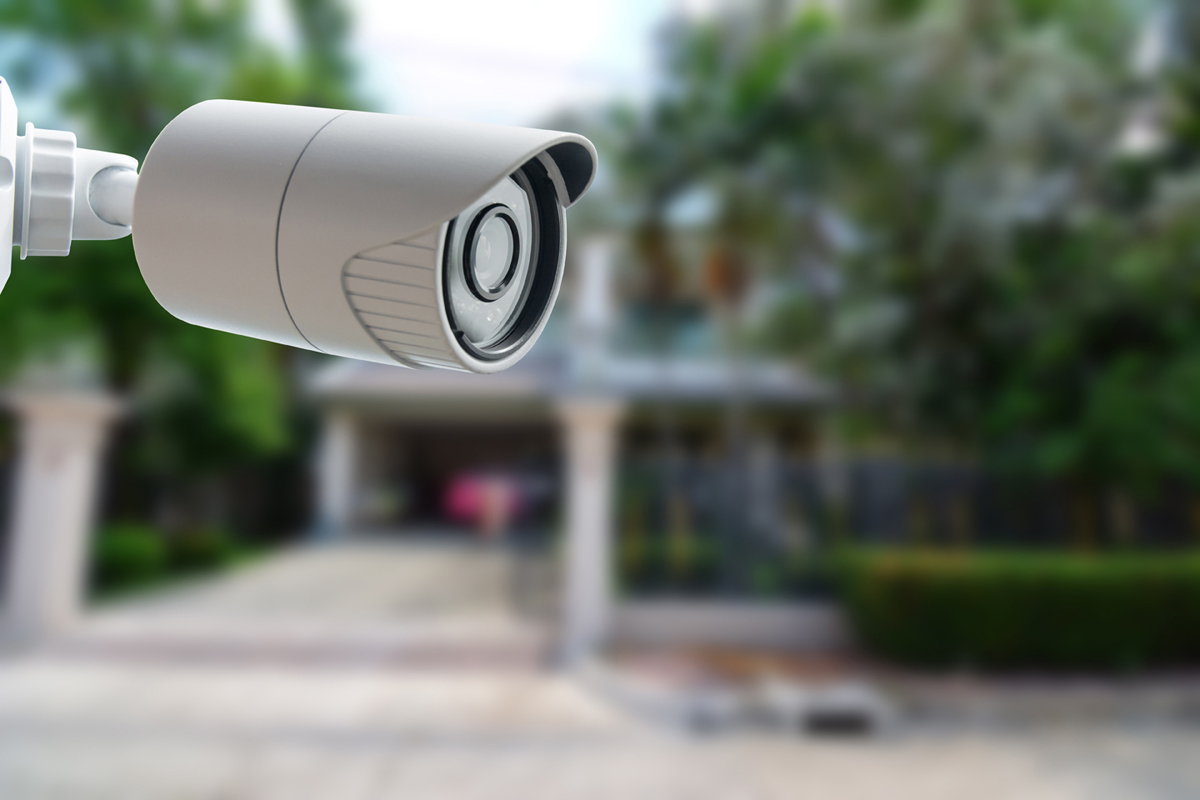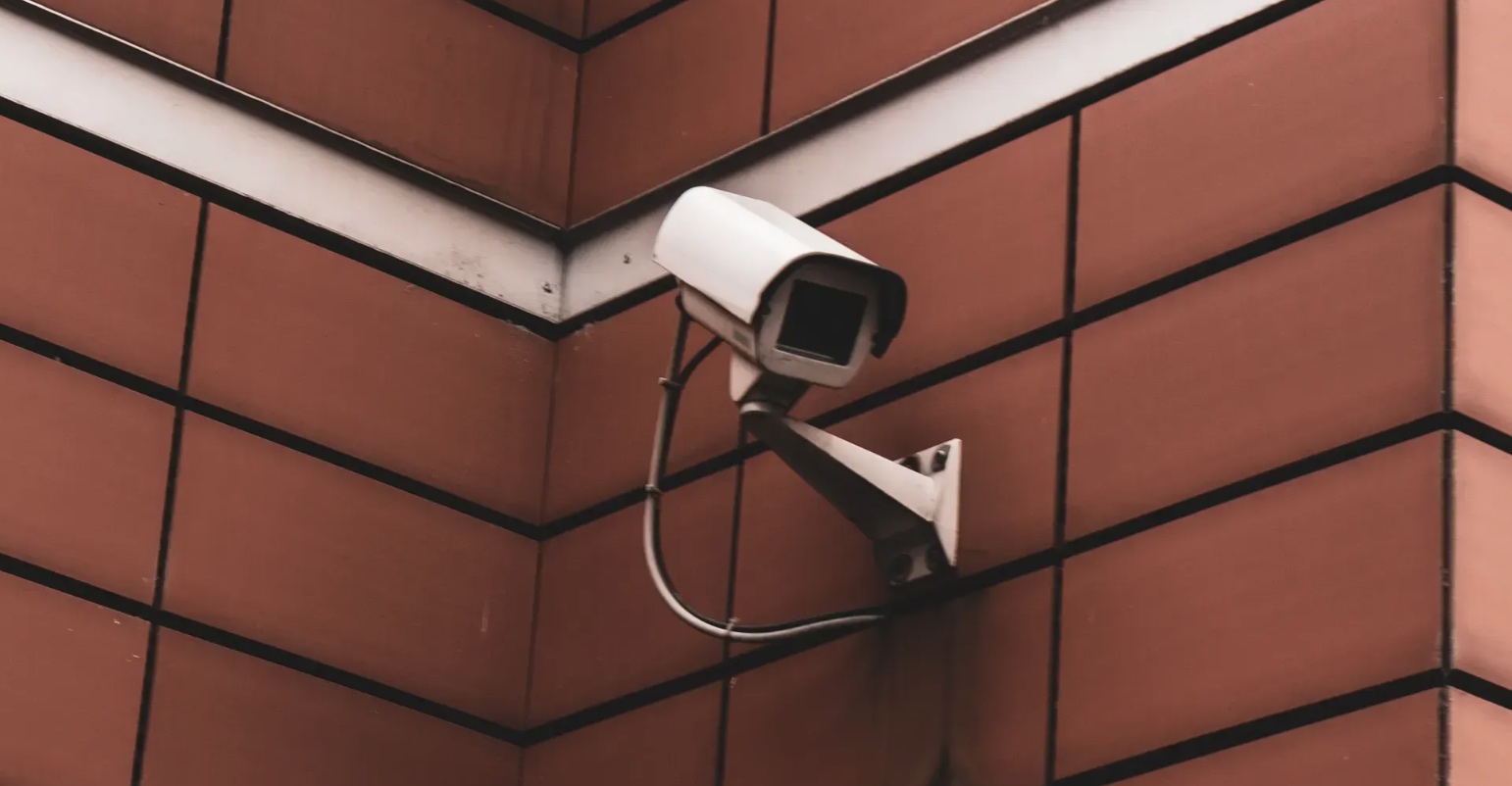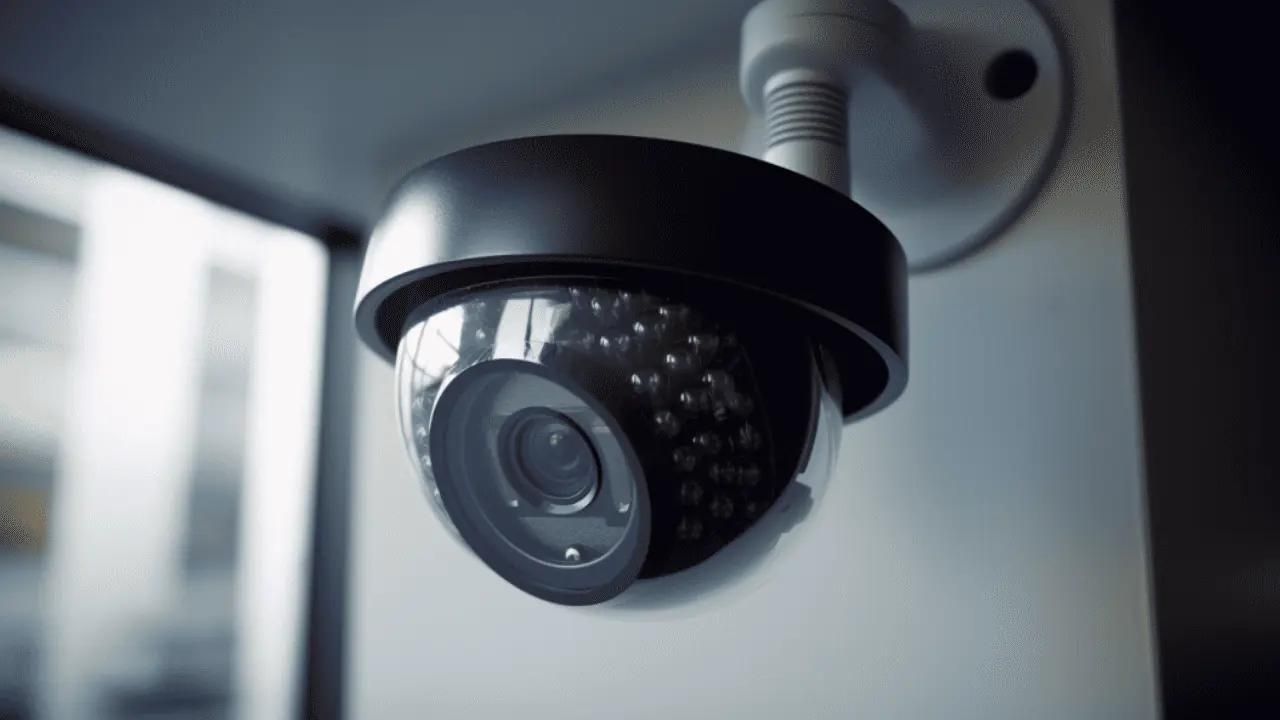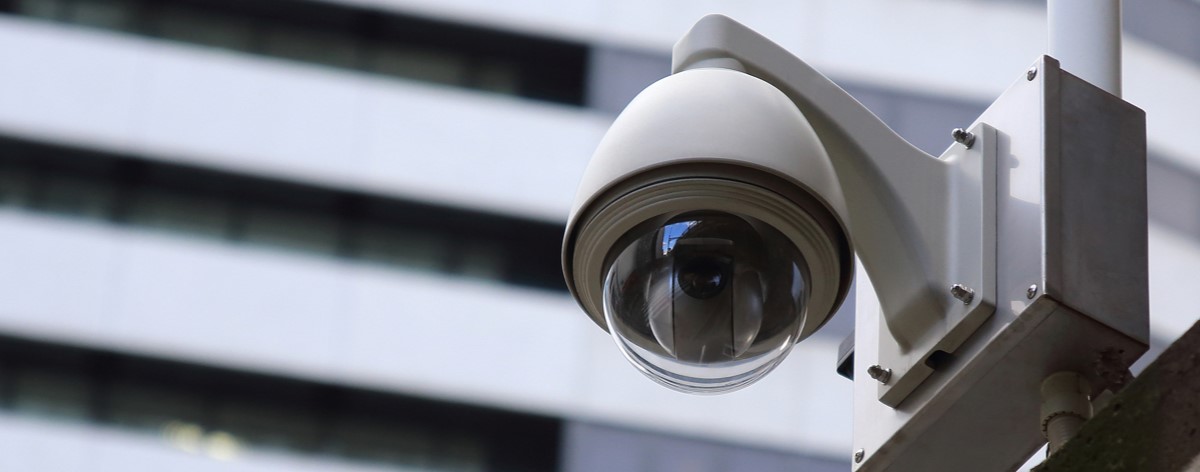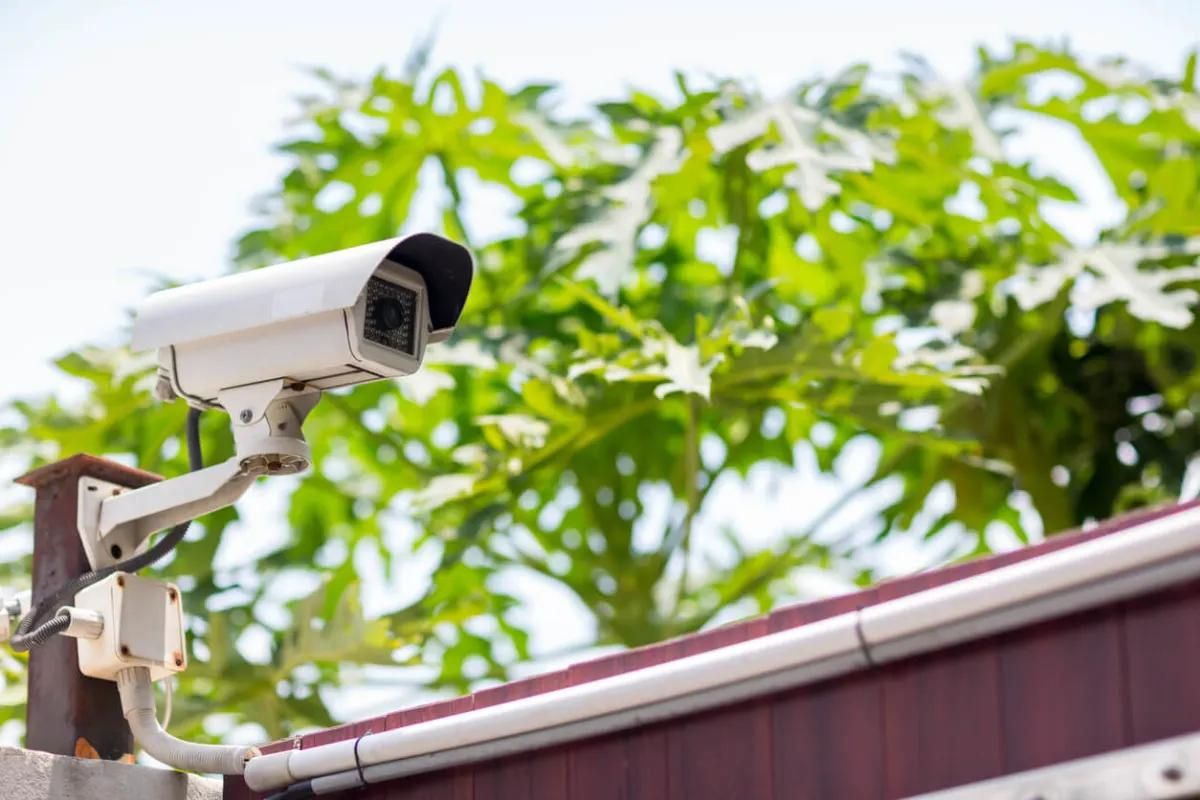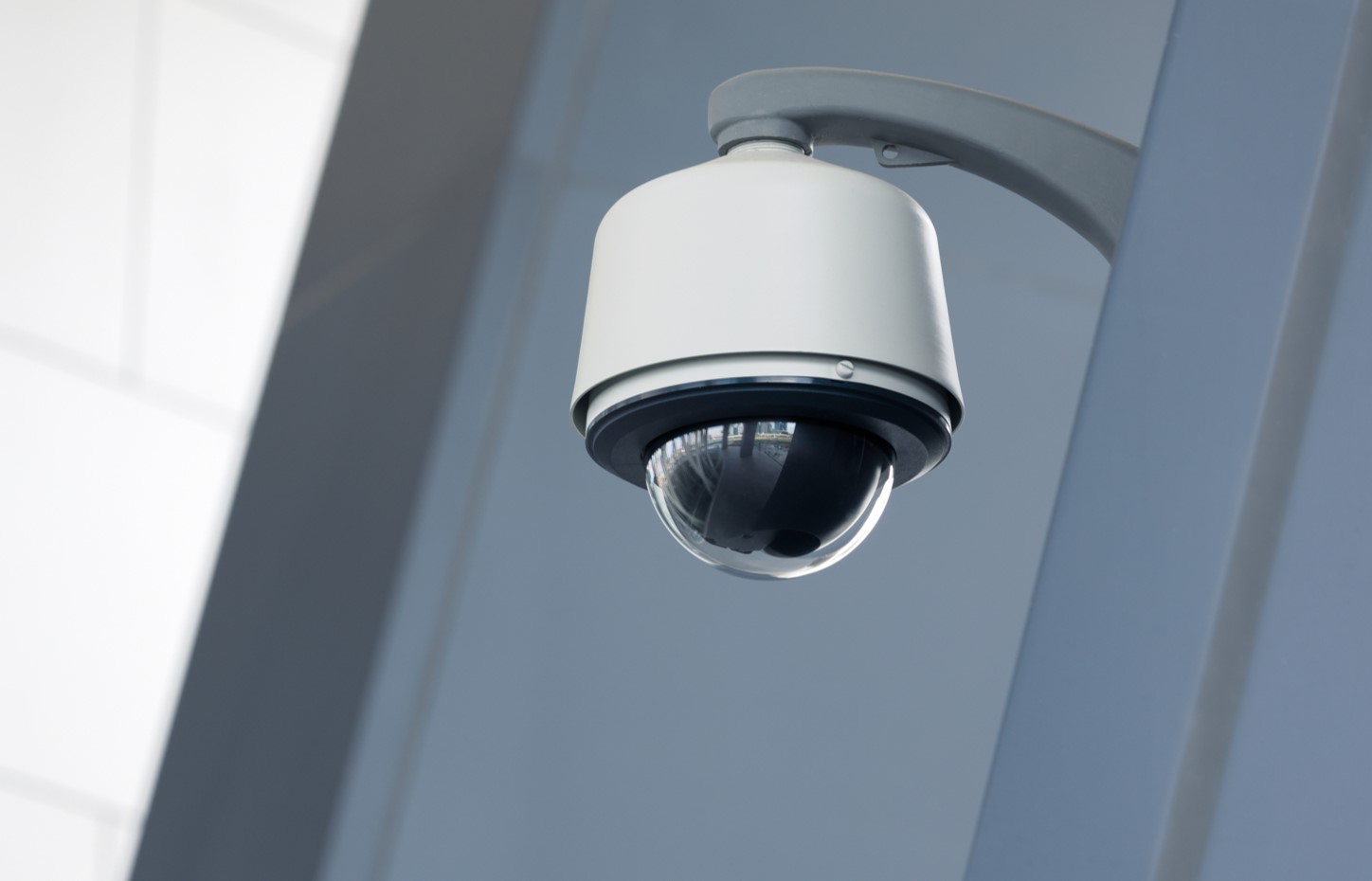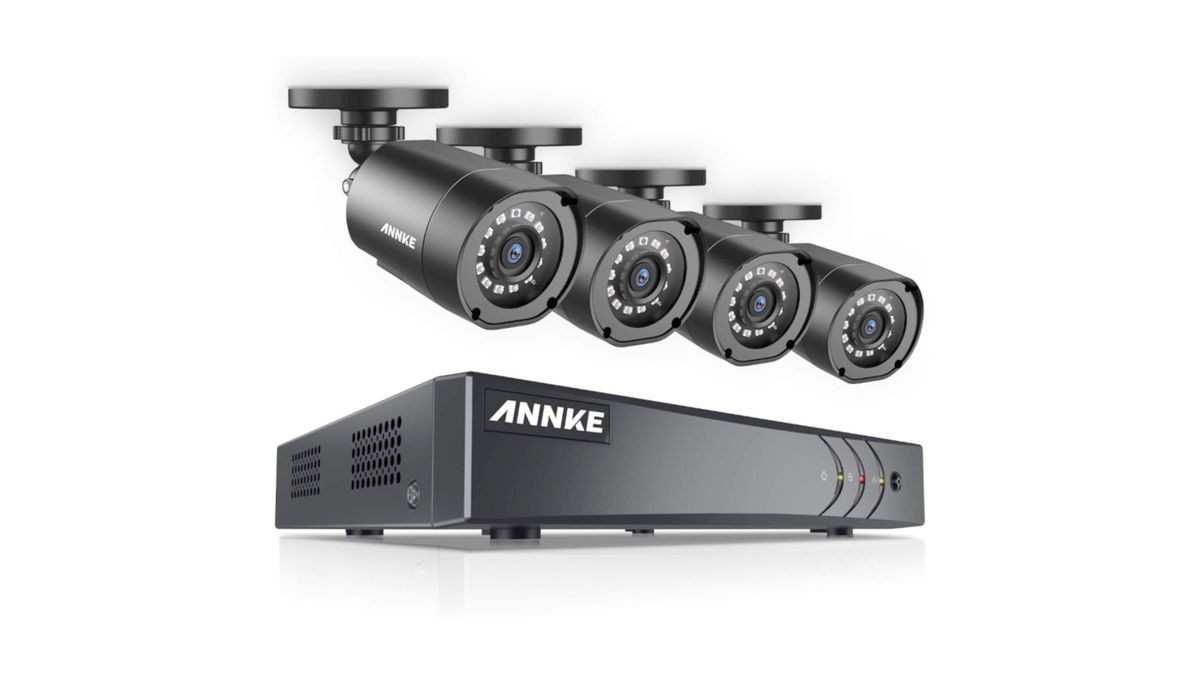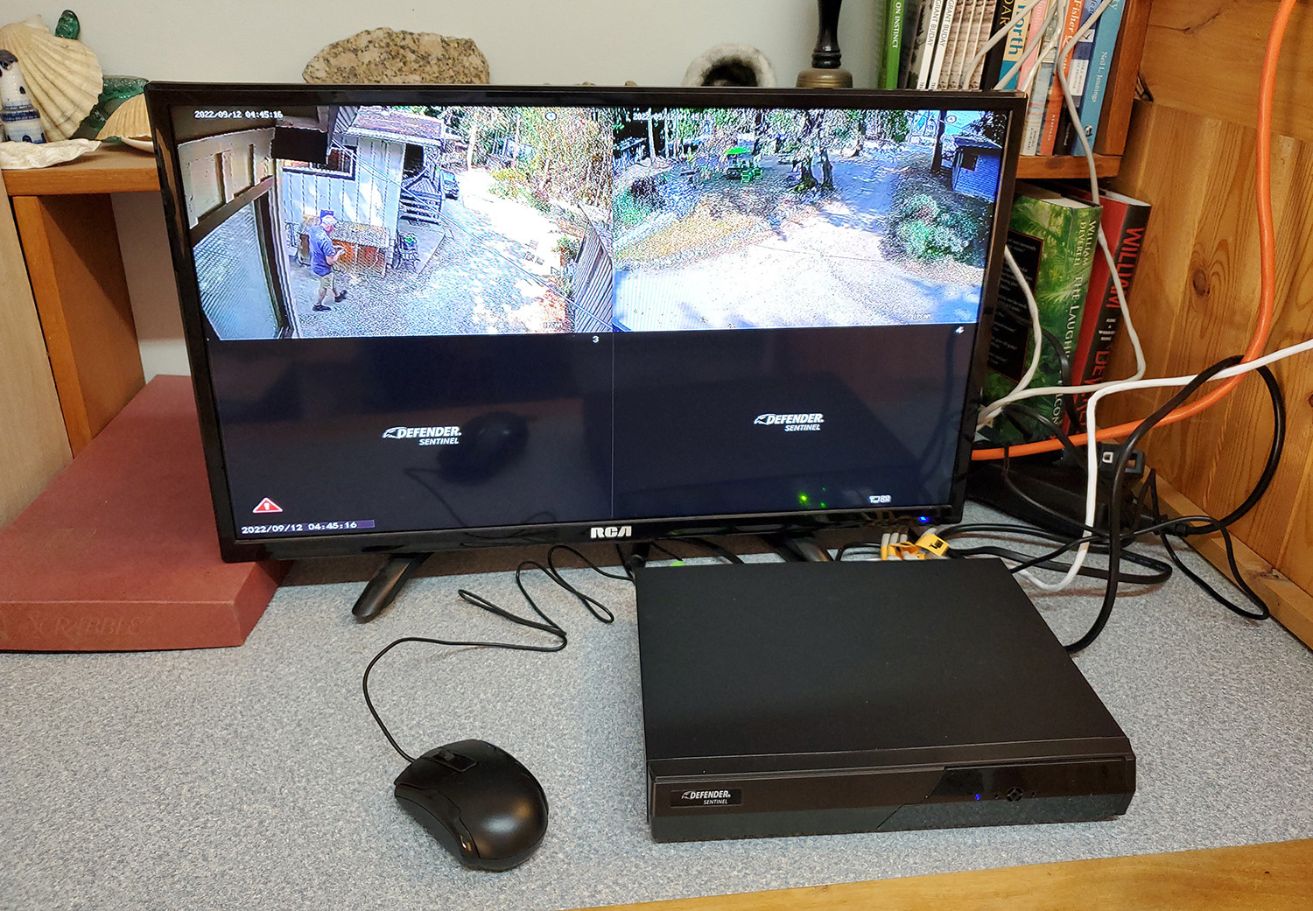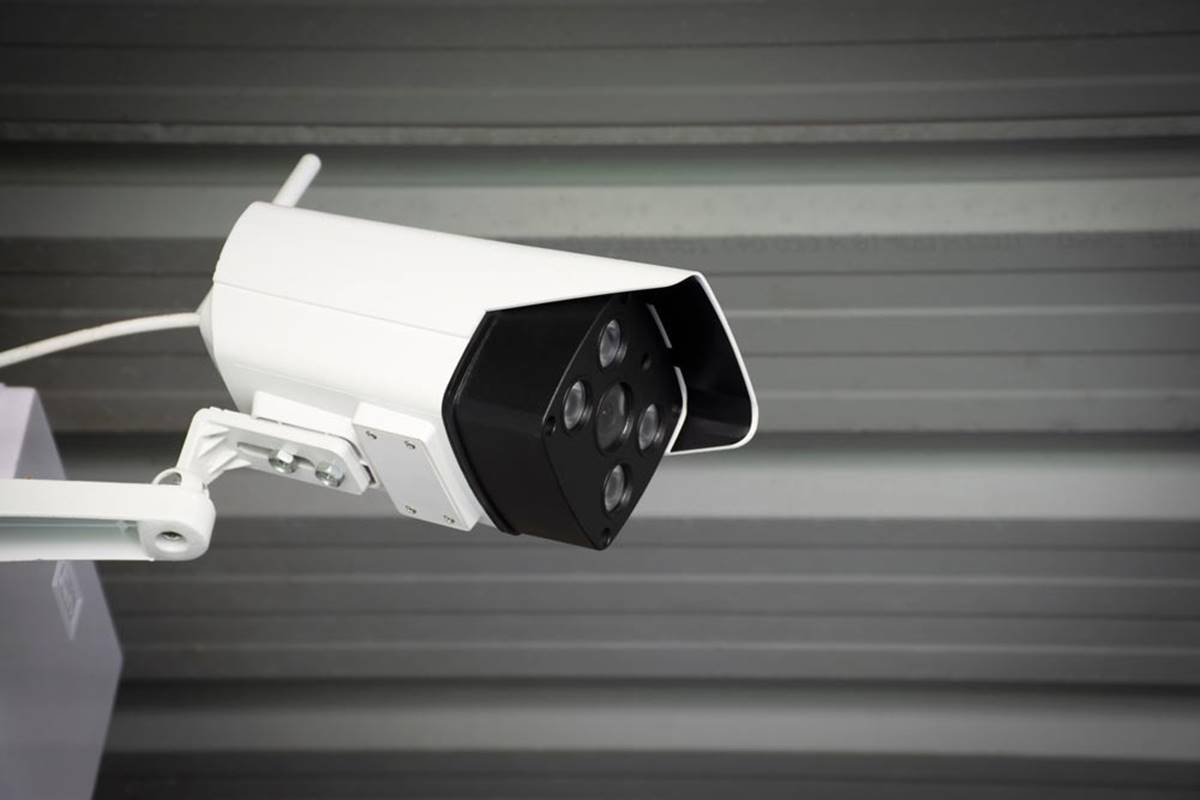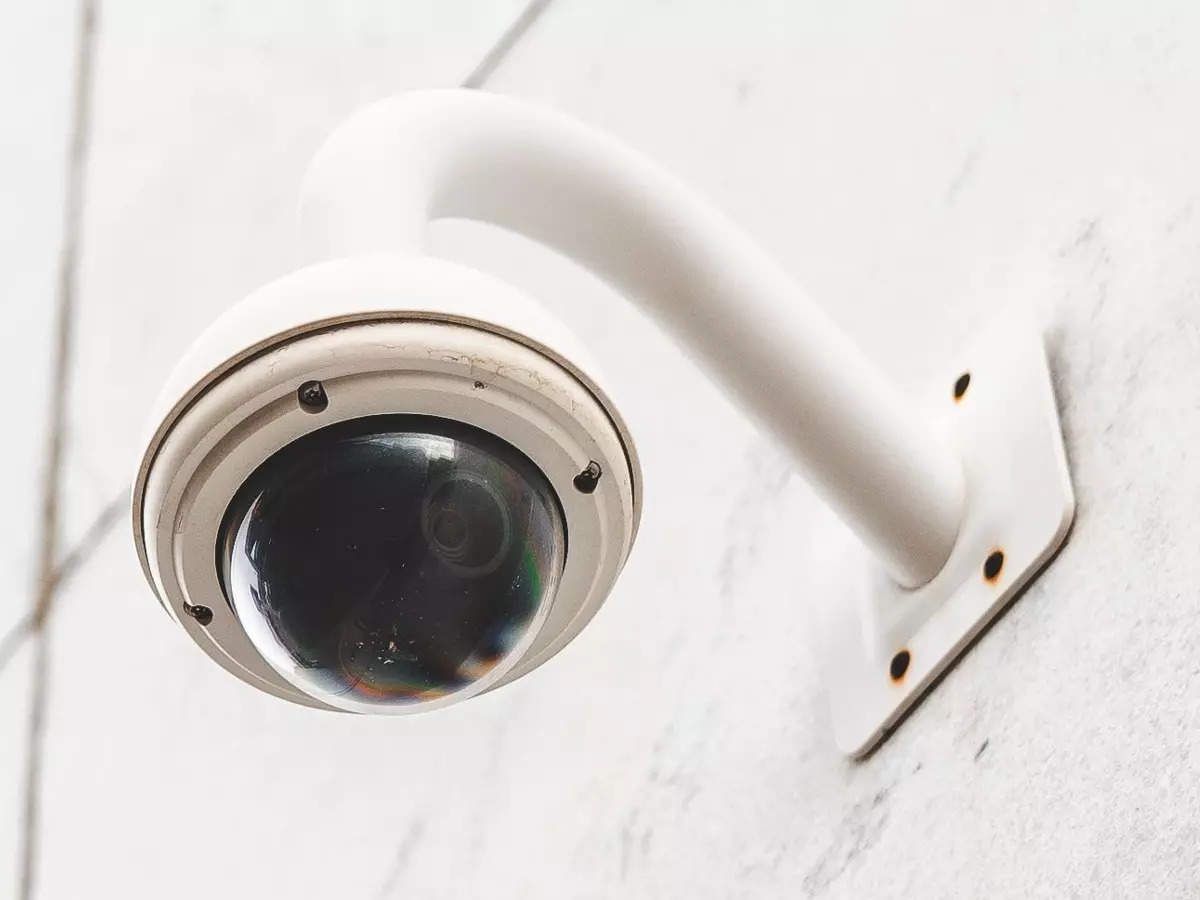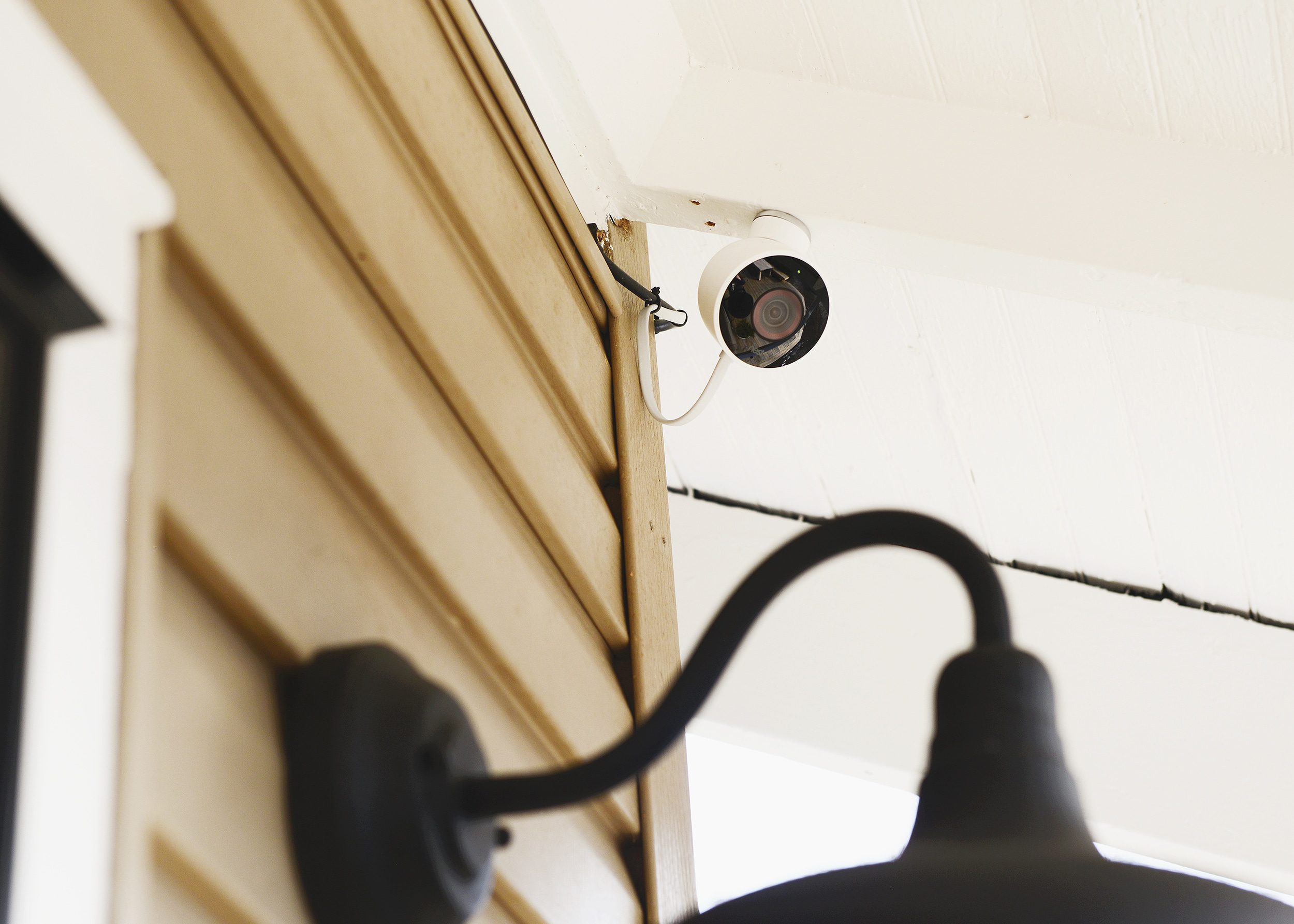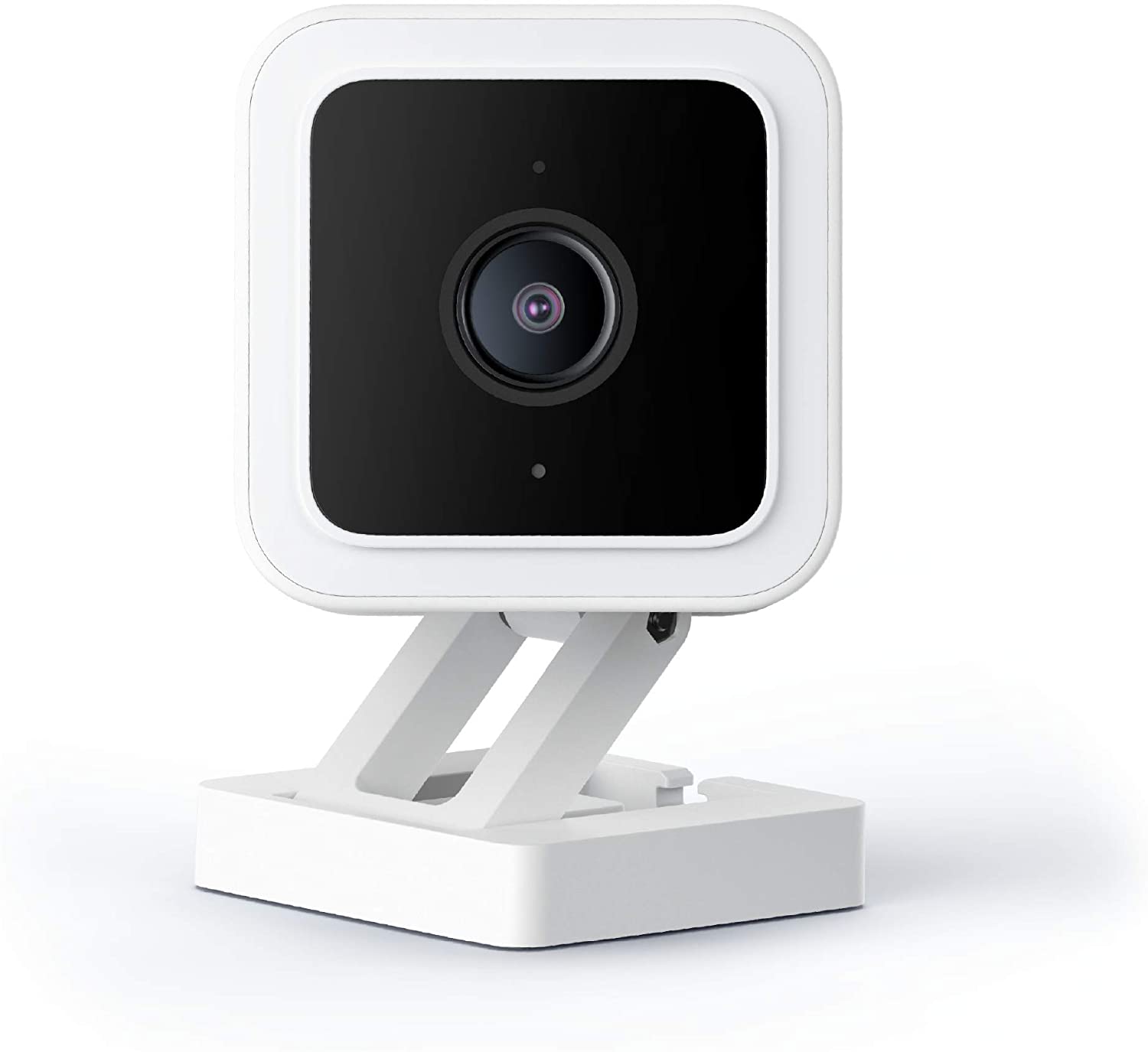Home>Home Security and Surveillance>What Is PIR In A Security Camera
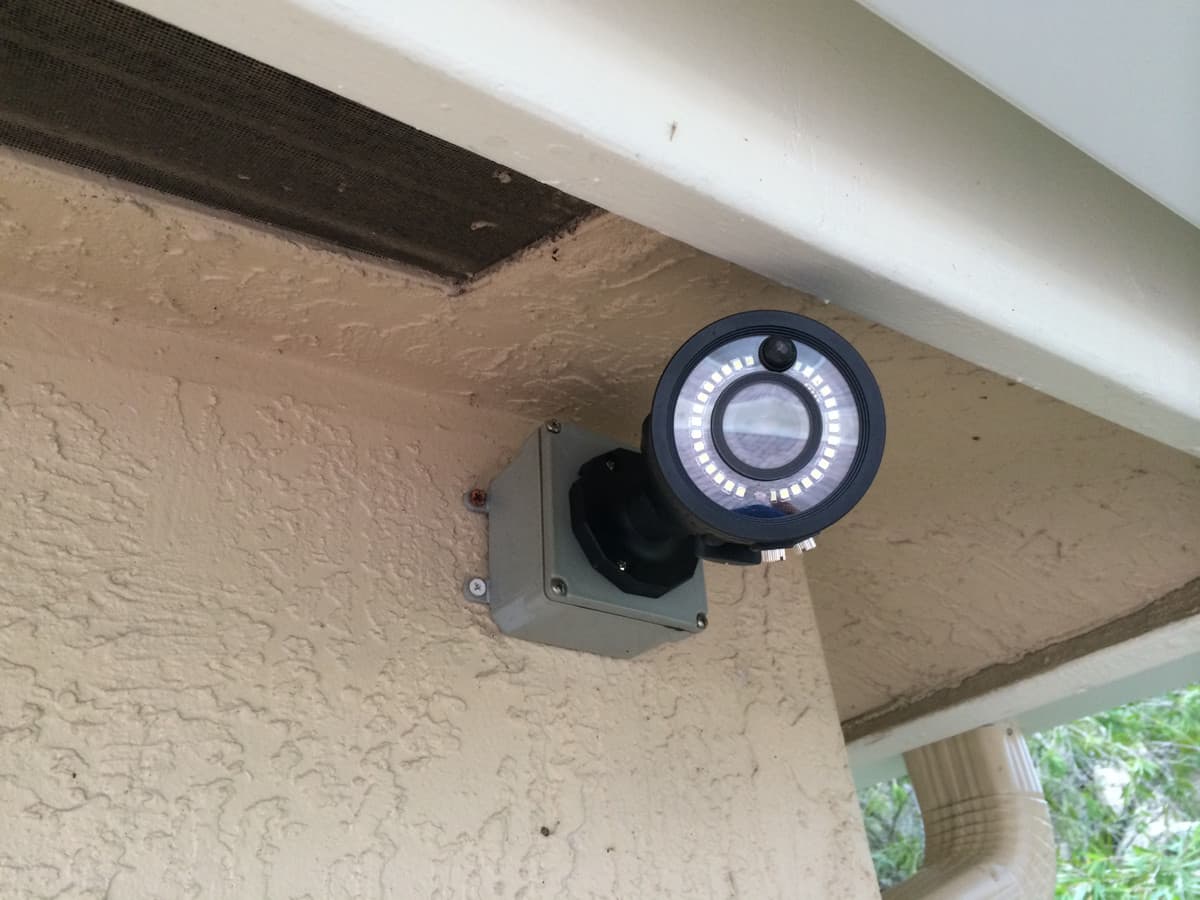

Home Security and Surveillance
What Is PIR In A Security Camera
Modified: August 28, 2024
Learn about PIR technology in home security cameras. Enhance your home security and surveillance with this advanced feature.
(Many of the links in this article redirect to a specific reviewed product. Your purchase of these products through affiliate links helps to generate commission for Storables.com, at no extra cost. Learn more)
Introduction
Welcome to the world of home security and surveillance! In this modern era, ensuring the safety and protection of our homes and loved ones has become increasingly important. One of the key tools in achieving this is the use of security cameras. These devices provide round-the-clock monitoring, deterring potential intruders, and capturing valuable evidence in case of any suspicious activities.
However, not all security cameras are created equal. Some come equipped with additional features and technologies that enhance their functionality and effectiveness. One such technology is Passive Infrared (PIR) motion detection, which has revolutionized the way security cameras detect and respond to intrusions.
In this article, we will delve into the world of PIR technology and its application in security cameras. We will explore how PIR works, its benefits, limitations, and how it compares to other motion detection technologies. So, let’s dive in and unravel the mysteries behind PIR in security cameras!
Key Takeaways:
- PIR technology in security cameras accurately detects human and animal movement, conserves energy, and ensures rapid response, making it a valuable tool for reliable home security.
- While PIR technology has limitations, such as range constraints and single-point detection, its ability to distinguish heat signatures sets it apart from other motion detection technologies, enhancing peace of mind for homeowners.
Read more: What Are Security Cameras
Overview of Security Cameras
Before we plunge into the specifics of PIR technology, let’s first understand the basics of security cameras. These devices have become an integral part of home security systems, allowing homeowners to monitor their property remotely and provide a sense of safety and peace of mind.
Security cameras, also known as surveillance cameras, are electronic devices designed to capture and record video footage of the surrounding area. They are available in various types and configurations, including indoor cameras, outdoor cameras, dome cameras, bullet cameras, and more. The choice of camera depends on the specific surveillance needs and the environment in which it will be deployed.
These cameras are typically connected to a network video recorder (NVR) or a digital video recorder (DVR), which stores the recorded footage for later review. With the advancement of technology, many security cameras now offer cloud storage options, allowing users to access their video recordings from anywhere via a smartphone app or a web browser.
Security cameras utilize different technologies to capture and process video footage. These may include high-definition resolution, infrared night vision, two-way audio communication, and, of course, motion detection.
Motion detection is a critical feature in security cameras as it enables them to detect any movement within their field of view and trigger an alert or recording. It allows users to be notified promptly of any potential threats or suspicious activities.
Now that we have a general understanding of security cameras, let’s move on to explore the fascinating world of PIR technology and how it enhances the functionality of these devices.
Understanding PIR Technology
In the realm of security cameras, Passive Infrared (PIR) technology is widely recognized for its effectiveness in detecting motion. PIR sensors are based on the principle of detecting changes in infrared radiation emitted by objects in their detection zone.
Unlike other motion detection technologies that rely on pixel changes or video analysis, PIR sensors do not require a visual component. Instead, they can detect the heat signatures of living beings and other warm objects. This makes them highly reliable in distinguishing between actual human or animal movement and false triggers caused by changes in lighting, shadows, or foliage.
The PIR sensor in a security camera consists of multiple segments or zones that generate a signal when infrared radiation changes within their specific area. This change in radiation occurs when a warm object moves across the zones, causing a fluctuation in the energy levels detected by the sensor.
It is important to note that PIR sensors have a limited range and field of view. They are typically designed for short to medium-range detection, making them ideal for applications like home surveillance, doorways, or specific areas within a property. To achieve comprehensive coverage, multiple PIR sensors may be strategically positioned.
Furthermore, PIR technology is designed to be energy-efficient. The sensors are typically in standby mode, consuming minimal power until they detect a change in infrared radiation. This feature helps prolong the battery life of battery-powered security cameras and reduces power consumption in wired cameras.
Now that we have a basic understanding of PIR technology, let’s explore how it works in security cameras and the benefits it provides.
How PIR Works in Security Cameras
When it comes to security cameras, the integration of PIR technology adds an extra layer of intelligence and reliability to the motion detection capabilities. Let’s take a closer look at how PIR works in security cameras.
Inside a security camera equipped with PIR technology, there is a dedicated PIR sensor positioned in front of the camera lens. This sensor detects infrared radiation emitted by warm objects in its detection range. When a significant change in infrared radiation is detected within the PIR sensor’s zone, it triggers the camera to start recording or send an alert to the user.
PIR sensors in security cameras are designed to detect the heat signatures of living beings, such as humans and animals. They are sensitive to the differences in temperature between an object and its surroundings, allowing them to reliably identify actual movement.
When an individual or a warm object moves across the detection zone of the PIR sensor, the temperature contrast between the moving object and the background triggers a change in the infrared radiation detected by the sensor. This change in radiation is then detected and interpreted by the camera’s software, initiating the appropriate action, such as recording video footage or sending an alert notification.
It is worth noting that PIR technology can also be combined with other motion detection methods, enhancing the overall accuracy and reliability. This combination often results in what is known as dual or hybrid motion detection, where PIR sensors complement the visual-based motion detection capabilities of the camera.
By integrating PIR technology into security cameras, users can have greater confidence in the accuracy of motion detection. False alarms caused by environmental factors are minimized, ensuring that users are alerted only when there is actual movement within the specified zones.
Now that we have a better understanding of how PIR technology works in security cameras, let’s explore the benefits it brings to these devices.
When looking for a security camera, consider one with PIR (Passive Infrared) technology. This helps reduce false alarms by detecting heat and movement, making it more reliable for detecting potential threats.
Benefits of PIR in Security Cameras
Passive Infrared (PIR) technology offers several compelling benefits when integrated into security cameras. Let’s explore the advantages it brings to enhance the functionality and effectiveness of these devices:
- Accurate Motion Detection: PIR sensors are highly reliable in detecting human and animal movement, minimizing false alarms caused by environmental factors such as changes in lighting or moving branches. This ensures that users are alerted only when there is actual activity in the monitored area.
- Energy Efficiency: PIR technology is designed to be energy-efficient. The sensors remain in standby mode until they detect a change in infrared radiation, conserving power and extending the battery life of battery-operated security cameras. This makes PIR ideal for wireless and battery-powered camera systems.
- Rapid Response: With PIR technology, security cameras can quickly detect and respond to motion within their field of view. This enables prompt recording of relevant footage and immediate notifications to users, allowing for timely intervention or investigation.
- Reduced Storage and Bandwidth Usage: PIR motion detection helps reduce storage and bandwidth usage by activating recording or transmitting video footage only when there is actual movement. This saves valuable storage space and ensures that network resources are efficiently utilized.
- Nighttime Performance: PIR sensors can effectively detect movement during nighttime or low-light conditions. By utilizing heat signatures rather than relying solely on visual analysis, PIR technology ensures reliable motion detection even in situations where visibility is limited.
- Privacy Protection: PIR technology respects privacy by focusing specifically on detecting human and animal movement. This means that cameras equipped with PIR sensors are less likely to record or trigger alerts for non-relevant activities, preserving the privacy of individuals within the monitored area.
The integration of PIR technology in security cameras significantly enhances their ability to reliably detect motion and provide accurate notifications. Whether used for home surveillance, business security, or any other application, the benefits of PIR in security cameras contribute to a more efficient and effective security system overall.
Now that we have examined the advantages, it’s essential to acknowledge the limitations of PIR technology as well. Let’s delve into the potential drawbacks and considerations associated with the use of PIR in security cameras.
Read more: What Is Security Camera
Limitations of PIR in Security Cameras
While Passive Infrared (PIR) technology offers numerous benefits, it is important to be aware of its limitations and considerations when using it in security cameras. Let’s explore some of these limitations:
- Range and Field of View: PIR sensors have a limited range and field of view. They are typically designed for short to medium-range detection, which means they may not be suitable for monitoring large areas or long-distance applications. To achieve comprehensive coverage, multiple PIR sensors may need to be strategically positioned.
- Single-Point Detection: PIR sensors detect motion within specific zones, making them susceptible to blind spots in the coverage area. A moving object must cross the sensor’s detection zone to trigger an alert or recording. Therefore, it is important to consider the placement and positioning of the camera to minimize potential gaps in coverage.
- Limited Identification: PIR technology detects heat signatures and motion but does not provide detailed visual identification. While it can reliably distinguish between human or animal movement and environmental changes, it cannot discern specific details such as faces or license plates. For applications requiring high-resolution visuals, additional features such as video analytics or higher-resolution cameras may be needed.
- Environmental Factors: Although PIR sensors are designed to minimize false alarms caused by environmental factors, they are not immune to certain conditions. Direct sunlight, extreme temperatures, or obstructions in the detection zone can affect the accuracy of PIR sensors. Proper positioning and calibration of the cameras are essential to mitigate these potential issues.
- Technology Limitations: PIR technology is most effective in detecting warm-blooded creatures and objects with significant temperature contrast. It may not detect small or cold objects effectively. Therefore, it may not be suitable for applications where the detection of non-thermal objects is important.
Understanding these limitations can help in making informed decisions about the implementation of PIR technology in security cameras. It is important to assess the specific surveillance needs and consider other factors such as the size and layout of the area being monitored when deciding whether PIR is the most suitable motion detection technology.
Now that we have explored the limitations of PIR technology, let’s compare it to other motion detection technologies to determine its unique advantages.
PIR vs. Other Motion Detection Technologies
Passive Infrared (PIR) technology is just one of several motion detection technologies available for security cameras. Let’s compare PIR with other common motion detection technologies to better understand their differences and unique strengths:
Pixel-based Motion Detection: This technology analyzes changes in pixel values in the camera’s video feed to detect motion. It compares successive frames and identifies areas where pixel variations exceed a certain threshold. While pixel-based motion detection is widely used and effective in many situations, it may be prone to false alarms caused by environmental factors or changes in lighting conditions.
Video Analytics: Video analytics utilizes advanced algorithms to analyze video footage and detect motion based on various criteria such as object size, speed, direction, and behavior. It can provide more detailed detection and filtering capabilities, making it suitable for more complex surveillance needs. However, video analytics may require higher processing power and can be more expensive compared to PIR technology.
Audio-based Detection: Audio-based motion detection technology detects changes in audio levels or specific sound patterns to trigger alerts or recordings. It can be useful in situations where visual monitoring alone may not be sufficient, such as detecting glass breaking or loud disturbances. However, audio-based detection may not be as reliable as PIR or other visual-based technologies alone and can be susceptible to false alarms caused by ambient noise.
Active Infrared (AIR) Motion Detection: Unlike PIR, which detects changes in infrared radiation passively, Active Infrared (AIR) motion detection emits infrared beams and relies on the interruption of these beams to detect motion. It is commonly used in perimeter security systems or outdoor applications. While AIR offers long-range detection capabilities, it may be more affected by environmental factors such as weather conditions and requires careful consideration of beam placement.
Each motion detection technology has its own strengths and weaknesses, and the choice depends on the specific needs and environment of the surveillance system. PIR technology stands out for its accurate detection of live heat signatures, energy efficiency, and rapid response. It excels in applications where reliable detection of human and animal movement is crucial, such as home security.
Now that we have compared PIR with other motion detection technologies, let’s summarize the key takeaways from our exploration of PIR in security cameras.
Conclusion
In conclusion, Passive Infrared (PIR) technology plays a significant role in enhancing the functionality and effectiveness of security cameras. By relying on heat signatures and changes in infrared radiation, PIR sensors offer accurate motion detection, energy efficiency, and rapid response. They are particularly adept at distinguishing between actual human or animal movement and false alarms caused by changes in lighting or other environmental factors.
When integrated into security cameras, PIR technology provides several benefits, including accurate motion detection, reduced storage and bandwidth usage, privacy protection, and reliable performance during nighttime or low-light conditions. With their ability to swiftly detect and respond to movement, cameras with PIR sensors enable users to capture crucial evidence and take immediate action when necessary.
However, it’s important to acknowledge the limitations of PIR technology. These include the range and field of view constraints, single-point detection, limited visual identification capability, vulnerability to environmental factors, and its focus on thermal objects. Understanding these limitations will help ensure proper placement, calibration, and appropriate use of PIR-equipped security cameras.
Moreover, PIR technology is just one of several motion detection options available. It holds unique advantages over other motion detection technologies such as pixel-based detection, video analytics, audio-based detection, and active infrared detection. The choice of motion detection technology depends on specific surveillance needs, environmental factors, and budget considerations.
In the realm of home security and surveillance, PIR technology has emerged as a valuable tool for reliable and efficient motion detection. By harnessing the power of heat signatures, PIR-equipped security cameras provide enhanced peace of mind, deterring potential intruders and capturing critical evidence when it matters most.
As technology continues to evolve, we can expect further advancements in PIR technology and the integration of multiple detection methods to create even more robust security solutions. Whether you’re safeguarding your home, monitoring your business, or protecting a valuable asset, PIR technology remains an essential component in the modern era of home security and surveillance.
Frequently Asked Questions about What Is PIR In A Security Camera
Was this page helpful?
At Storables.com, we guarantee accurate and reliable information. Our content, validated by Expert Board Contributors, is crafted following stringent Editorial Policies. We're committed to providing you with well-researched, expert-backed insights for all your informational needs.
